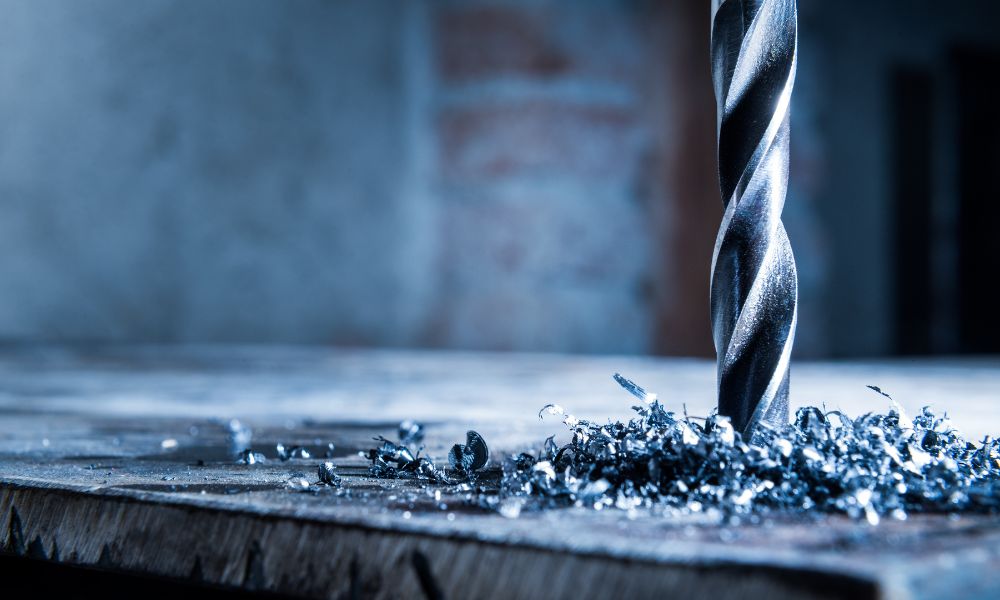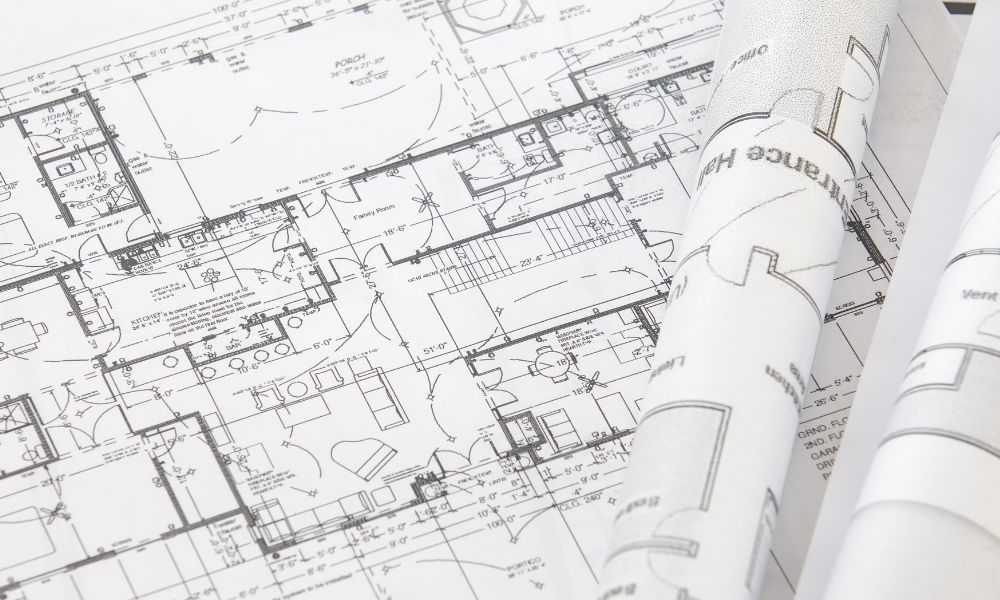
It can be intimidating to start a new DIY project or craft when you see the kinds of tools you’ll need. How can a novice tell the difference between a woodworking saw and a metalworking saw? Surely any saw will work, right? Unfortunately, the reality is quite different, and using the wrong tools can be dangerous. We’ll go over the differences between woodworking and metalworking tools so that a beginner can differentiate and get what they need.
Differences in Hammers
No matter what your preferred craft is, a hammer is one of the key tools that you’ll use a ton. Hammers for wood and metal don’t differ in their materials, but their shapes and uses vary quite a bit.
Woodworking hammers are likely familiar to most people, with one flat side and an opposing claw side that helps remove nails. There are far more specialized hammers for metalworking, but the most basic one is the ball peen hammer. This hammer has a rounded side that you can use to harden surfaces or make more precise hits.
Differences in Saws
Because wood is much softer than metal, saws for each kind of material won’t look alike. Whether it’s a hand saw or an automated table one, you don’t want to accidentally mix these up.
Woodworking saws have larger teeth with more space in between them. Table saws, miter saws, and skill saws can all chew right through even the toughest wood. Metalworking saws have many more teeth, and they are much smaller. For automated metal cutting, you will also find that abrasive discs are the preferred method to accurately cut metal without spraying excess material everywhere.
Differences in Hole Drilling
Drilling into wood and metal is another area where you don’t want to mix up your tools. Woodworking drill bits won’t be able to go through metal and could break if you try it.
You can pick up any basic drill bit kit if you’re just getting started in woodworking. Only the hardest woods might require higher-quality tools. Drilling into metal comes with a few more hazards. You shouldn’t jump right into it unless you really understand the dos and don’ts of drilling metal. Metal drilling may also require you to use lubrication in the process.
Differences in Clamps and Fasteners
Clamps and fasteners are essential to most DIY projects, but you can easily ruin what you’re working on if you use the wrong kind. Many woodworkers prefer plastic clamps for their projects because they don’t put as much acute force on the material, which can damage it or leave marks. Metal clamps are better for metalworking as they can withstand the high heat given off by hot metal or welding equipment.
Once you know the differences between wood- and metalworking tools, you can start using them and working on your projects with far more confidence.






